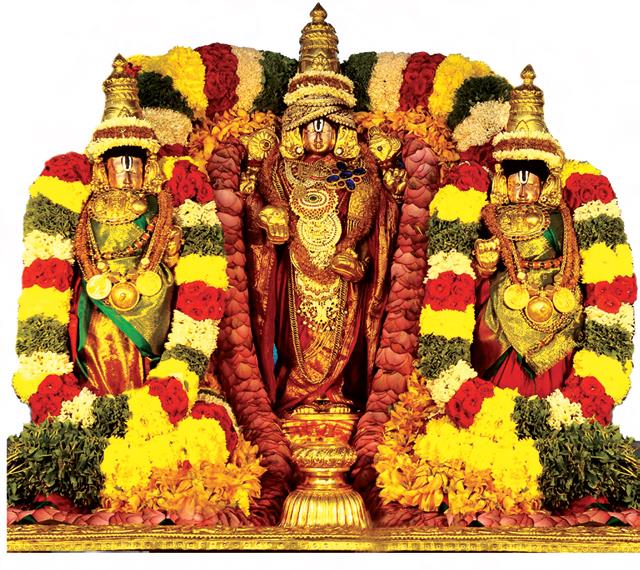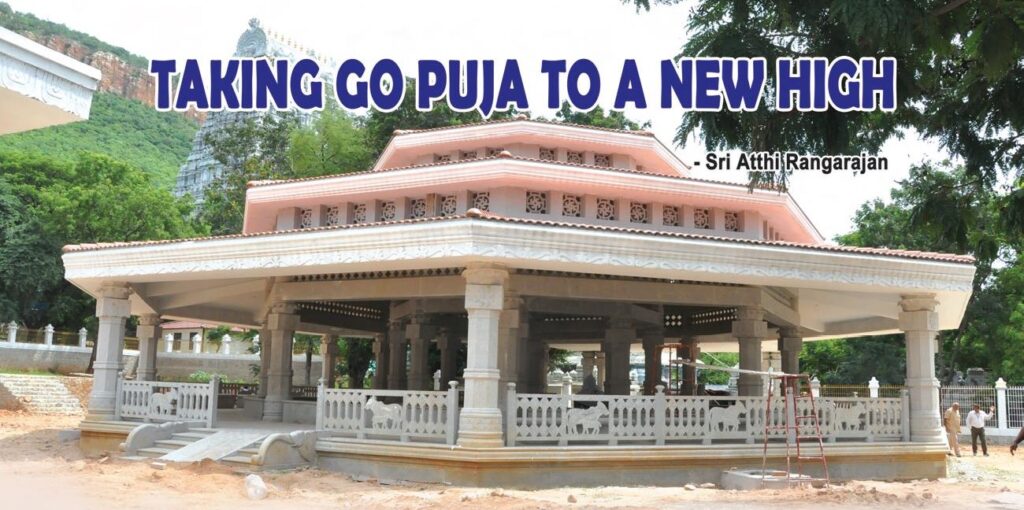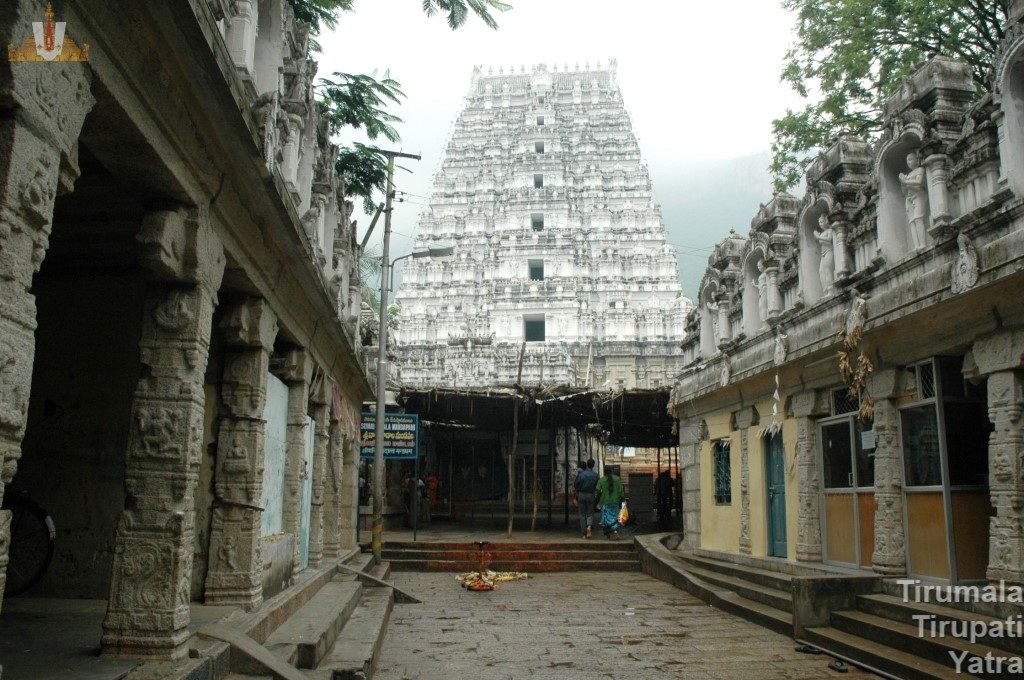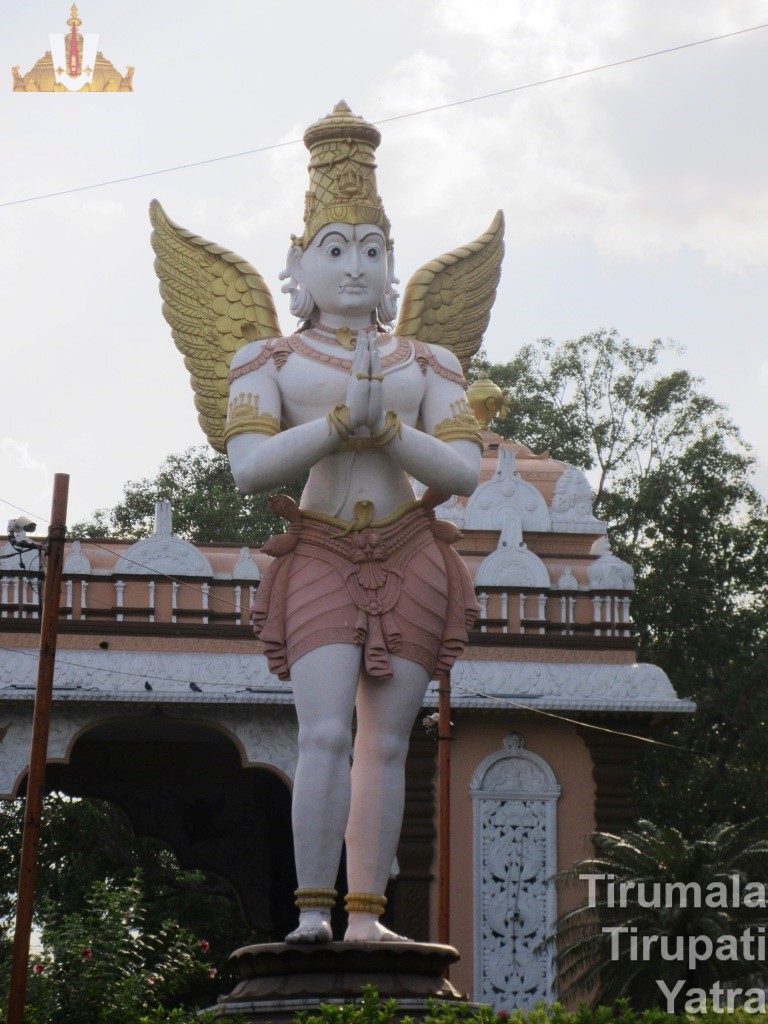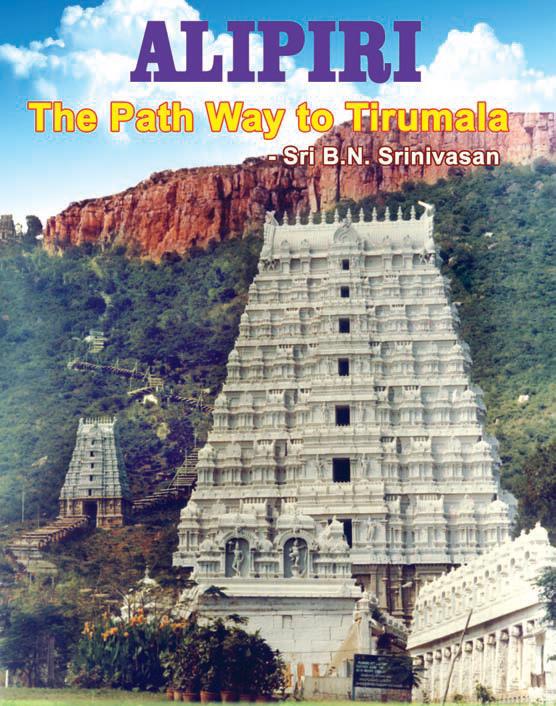Ascent to Heaven – Alipiri to Ananda Nilayam Tirumala, situated in the plateau of Seshachalam, in Eastern Ghats, is the most preferred pilgrim centre for Hindu devotees. It’s replete with scenic, serene and divine ambience. People from all walks of life, irrespective of caste and religion visit this place in large numbers. That includes – Read More
Tag: Alipiri
Alipiri Padala Mandapam or Alipiri is the place at foot of seven hills in Tirupati, the pilgrim city of Sri Venkateswara Swami, in the state of Andhra Pradesh, India. It is a neighbourhood of Tirupati city.
Sri Srinivasa Divyanugraha Homam
Sri Srinivasa Divyanugraha Homam Sri Srinivasa Divyanugraha Homam is the latest sacred offering from the Tirumala Tirupati Devasthanams for the devotees seeking the Lord’s divine blessings. The Homam was formally inaugurated in November 2023, marking the auspicious occasion of Utthana Ekadasi in the sacred Kartheeka month under the aegis of TTD Trust Board Chairman Sri Read More
Sri Srinivasa Divyaanugraha Homam
Sri Srinivasa Divyaanugraha Homam Sri Srinivasa Divyaanugraha Homam is the latest sacred offering from the Tirumala Tirupati Devasthanams for the devotees seeking the Lord’s divine blessings. The Homam was formally inaugurated in November 2023, marking the auspicious occasion of Utthana Ekadasi in the sacred Kartheeka month under the aegis of TTD Trust Board Chairman Sri Read More
Sri Venkateswara Saptha Go Pradakshina Mandiram
Sri Venkateswara Saptha Go Pradakshina Mandiram Cow worship is always considered a sacred activity for Hindus. It is revered as a symbol of prosperity as Goddess Maha Lakshmi is believed to live in the animal, thus bestowing health and wealth to Her devotees. Since time immemorial, all the dynasties that were part of the Bharata Read More
Sri Venkateswara Swamy Padala Mandapam
Padala Mandapam The Seven Hills of Tirumala are as sacred as the Vedas. The holy Vedic hymns are their stones. The root of the footpath leading to the top of these hills, Alipiri, is the pedestal of the seven hills. A pilgrim takes the first step of the journey to the holy abode of the Read More
Metlotsavam – 4 times in a year – A Unique Spiritual Program of Dasa Sahitya Project
Dasa Sahitya Project to conduct “Metlotsavam” – In the Memory of Sri Vyasatirtha Tirumala – the sacred abode of Sri Venkateswara Swamy is unparalleled in its spiritual glory. As per Bhagawan Vedavyasa, a holy place like Tirumala and a God like Sri Venkateswara never existed in the past nor will there be in the future. Such Read More
Garuda – Vehicle of Sri Maha Vishnu
Garuda – Huge Idol In Alipiri, on the way to Tirumala, we find the huge Statue of Garuthmantha in all his majesty. It is suggestive of “I am here to carry forward all your requisitions to Lord Srinivasa. Brahmotsavams and on Purnima Day Among all Vahana sevas performed to Sri Venkateswara Swamy, Garuda Seva Read More
Alipiri – Path way to Tirumala
Alipiri /Adipadi – Steps at the bottom The pathway leading to the hill shrine of Tirumala starts from ‘Alipiri’, Tirupati. It is called ‘Adipadi’ meaning the steps at the bottom. The word is in vogue in both Telugu and Tamil. After the advent of the motor facility in the twentieth century, a motor road was opened in Read More
